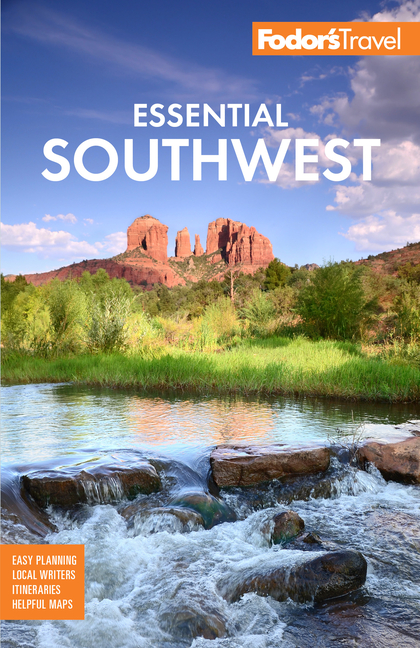FAQs
Just how spicy is New Mexican food? Compared with food served in most parts of the country, traditional New Mexico fare—green- and red-chile sauces, the salsa that comes with chips—ranks pretty high on the fire meter. If you've spent a bit of time in Louisiana, Texas, or elsewhere in the Southwest, you've likely encountered plenty of kick in the local cuisine. In New Mexico, on average, the heat factor is even a tad higher. If you're averse to spicy fare, it's easy enough to request milder salsa with your meal, or to ask the staff at restaurants for recommendations about which foods pack the least heat. In less touristy areas, however, or in restaurants that cater primarily to locals, expect food that's considerably spicier than what you may be used to.
Should I visit New Mexico in the winter for a warm getaway, and avoid it in summer because of excessive heat? Actually, New Mexico doesn't conform to the stereotypes of hot desert destinations. Much of the state (including its largest city, Albuquerque) sits a mile above sea level, and popular destinations like Ruidoso, Santa Fe, and Taos all have elevations of around 7,000 feet. Although New Mexico is sunny and quite beautiful all winter, it's nevertheless extremely cold in many parts of the state—the average January low temperature in Santa Fe is 15°F, which is actually lower than you'll find in Chicago or Boston during this time of year. It does often warm up considerably during the day, but you still shouldn't come to New Mexico in winter expecting a toasty break from Old Man Winter: remember, this is a prime skiing destination. In summer, these same high-elevation communities remain consistently cool and dry—in Ruidoso, which is at the same latitude as Phoenix and Dallas, the average high in July is just 83°F, which is comparable to the temperature in Minneapolis.
What's the best strategy for including New Mexico as part of a larger Southwestern road trip? If you have at least 10 days, and ideally a bit more, road-tripping through New Mexico and into the adjoining states that make up the famed Four Corners region (Arizona, Utah, and Colorado) is a fantastic way to experience the Southwest. Just keep in mind that distances are vast, and you'll spend a lot of time driving, albeit through some of the country's most amazing scenery. An excellent strategy is to fly into Albuquerque and drive in a counterclockwise loop into north-central Arizona (Flagstaff, Sedona, Grand Canyon), southern Utah (Bryce and Zion national parks, Moab), southwestern Colorado (Mesa Verde, Durango), and return through New Mexico to visit Farmington, Taos, and Santa Fe. A drive like this can easily run close to 2,000 mi, but the incredible scenery will leave you wanting more.




